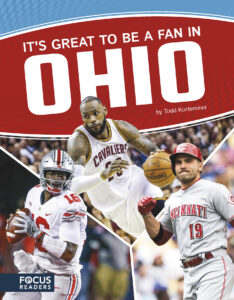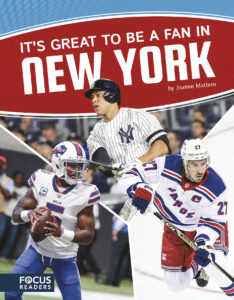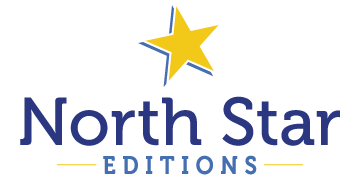Tackle Teaching Language Arts with Sports Nation
Brienna Rossiter, Focus Readers editor

If books are windows, mirrors, and sliding glass doors, then language arts is the hinge that allows them to swing open. Educators work to help students develop the linguistic tools they need to explore new ideas and share thoughts of their own. In our new Sports Nation series, we’ve created a way to do just that. Our free online resources for this series include several lesson plans that combine language arts activities with topics and text pulled directly from the books.
One of the best ways to get kids excited about language arts is using real-world examples based on topics they already love. Real-world examples also provide a great way to help students explore how context can affect a word’s meaning. For example, the activity for It’s Great to Be a Fan in Ohio focuses on how the word to can be either an infinitive or a preposition depending on how it’s used in a sentence.
 Other lesson plans highlight how words and sentences can be linked together to communicate ideas. As students identify and fix fragments in the activity for It’s Great to Be a Fan in Illinois, they see firsthand how a sentence’s structure affects how easy it is for readers to understand. The lesson plan for It’s Great to Be a Fan in New York builds on this concept, helping students explore the structure of a paragraph. As students examine how the book’s author connects sentences together to form paragraphs, they are prepared to imitate that structure in their own work.
Other lesson plans highlight how words and sentences can be linked together to communicate ideas. As students identify and fix fragments in the activity for It’s Great to Be a Fan in Illinois, they see firsthand how a sentence’s structure affects how easy it is for readers to understand. The lesson plan for It’s Great to Be a Fan in New York builds on this concept, helping students explore the structure of a paragraph. As students examine how the book’s author connects sentences together to form paragraphs, they are prepared to imitate that structure in their own work.
Whether focusing on individual parts of speech or the ways they work together, our Sports Nation activities help students see how grammar is more than just worksheets—it’s about connections. Focus Readers offers sports-based lesson plans at several other reading levels as well. Our Sports (Scout) and Biggest Names in Sports (Navigator) books come with games and worksheets to help younger readers practice identifying sight words and forming different parts of speech. All these activities include supply lists, easy-to-print layouts, and detailed answer keys so you can spend less time preparing and more time getting students of all ages excited about reading and writing.
